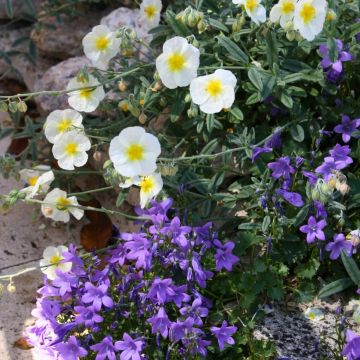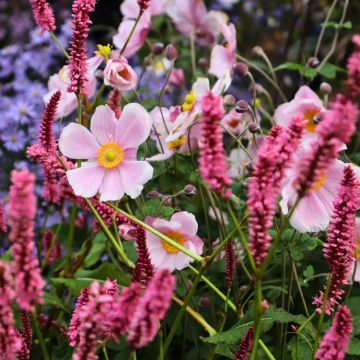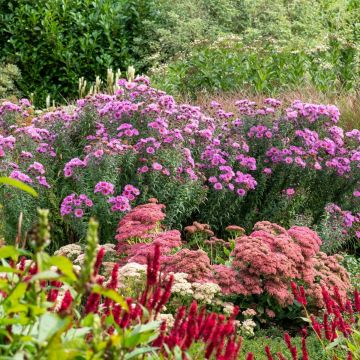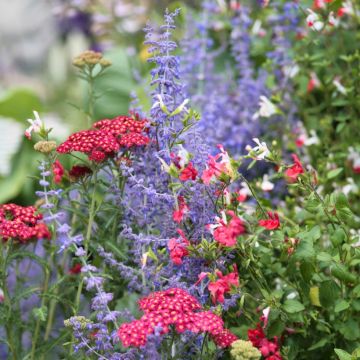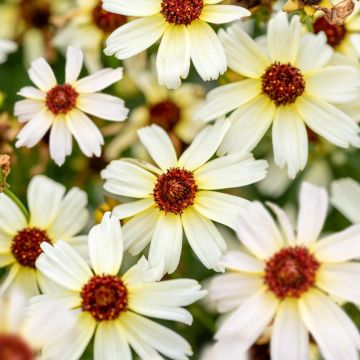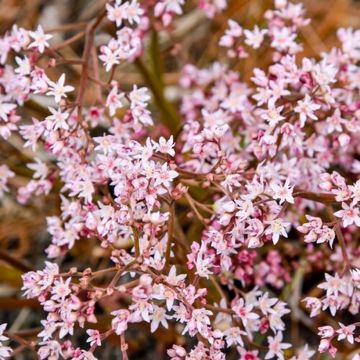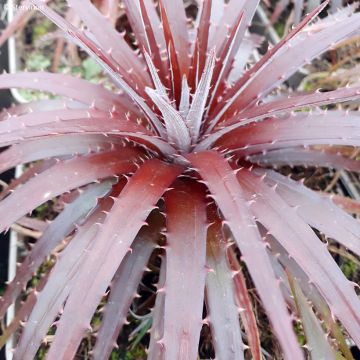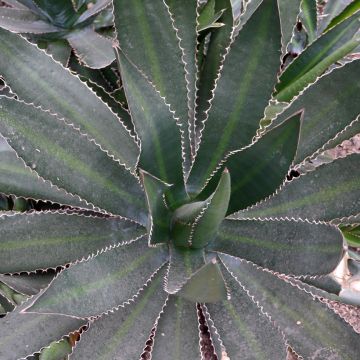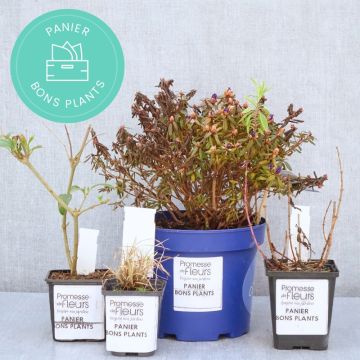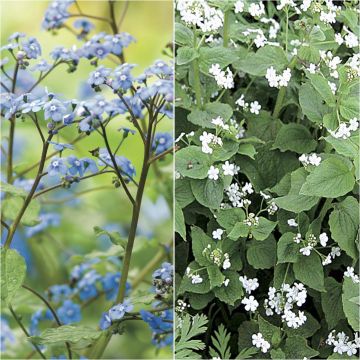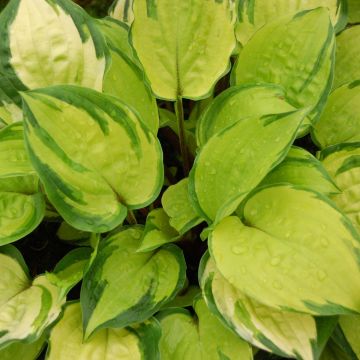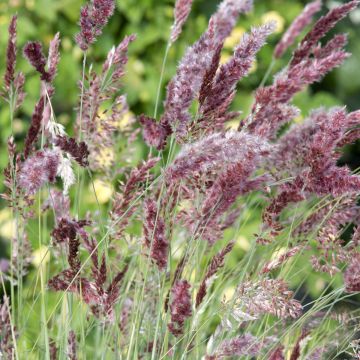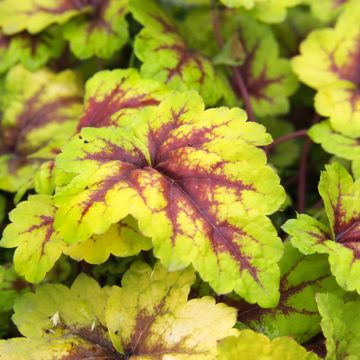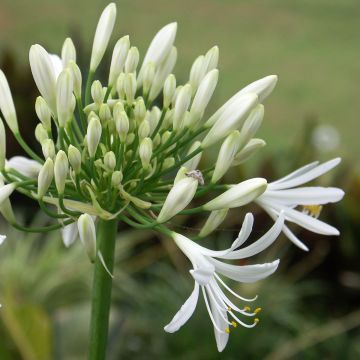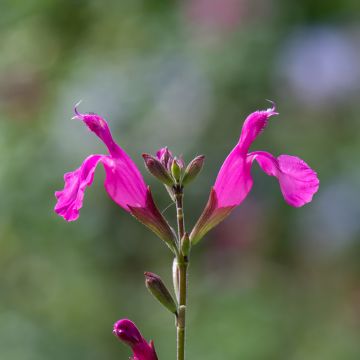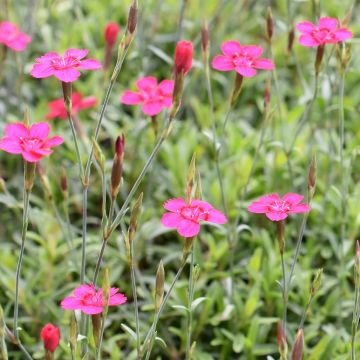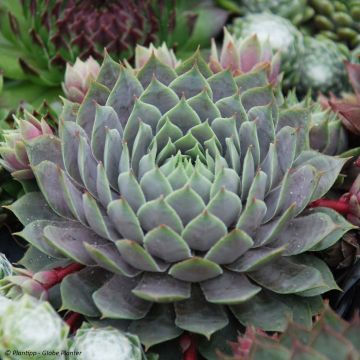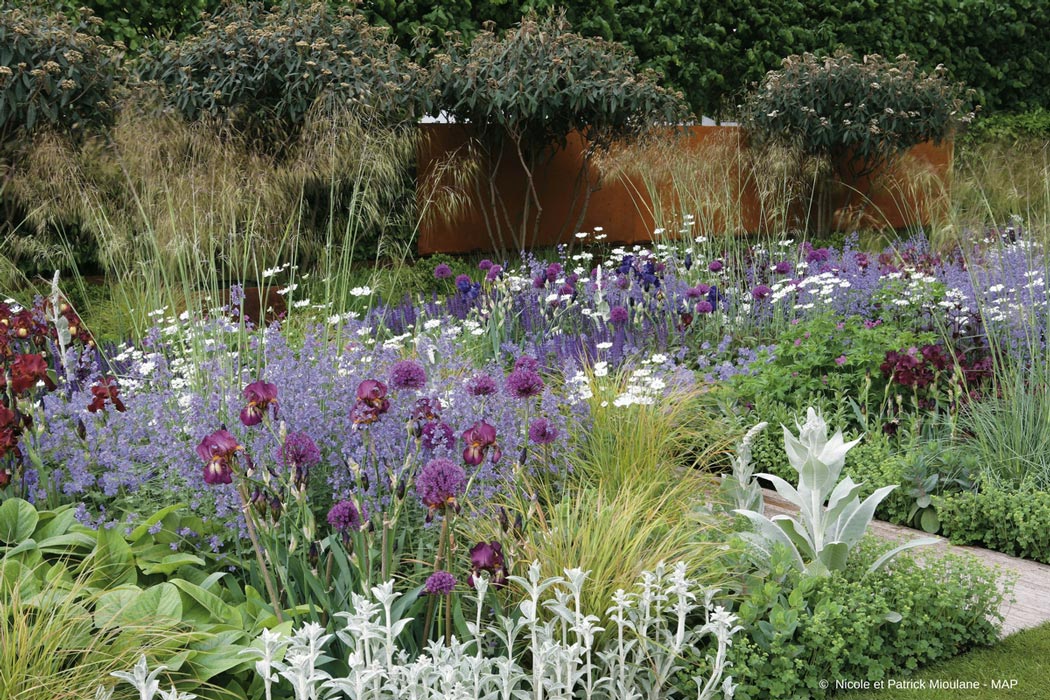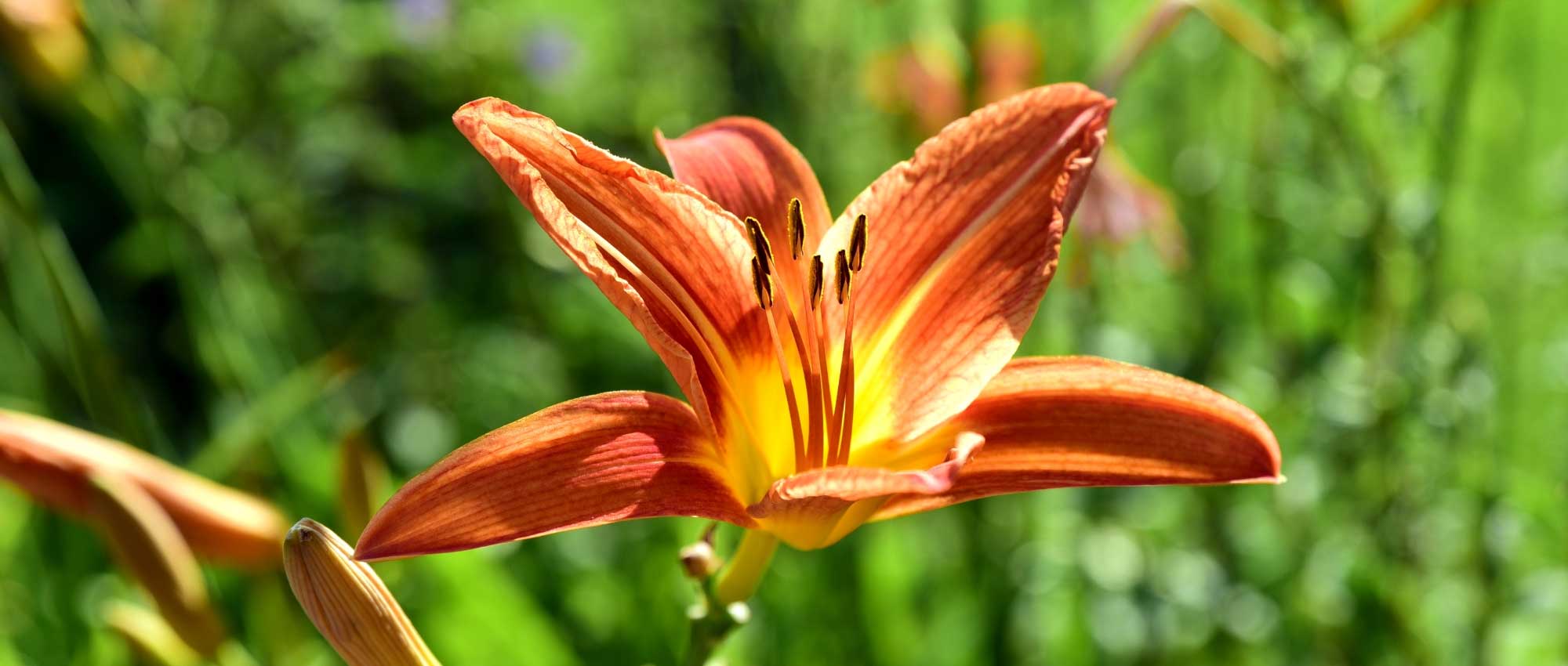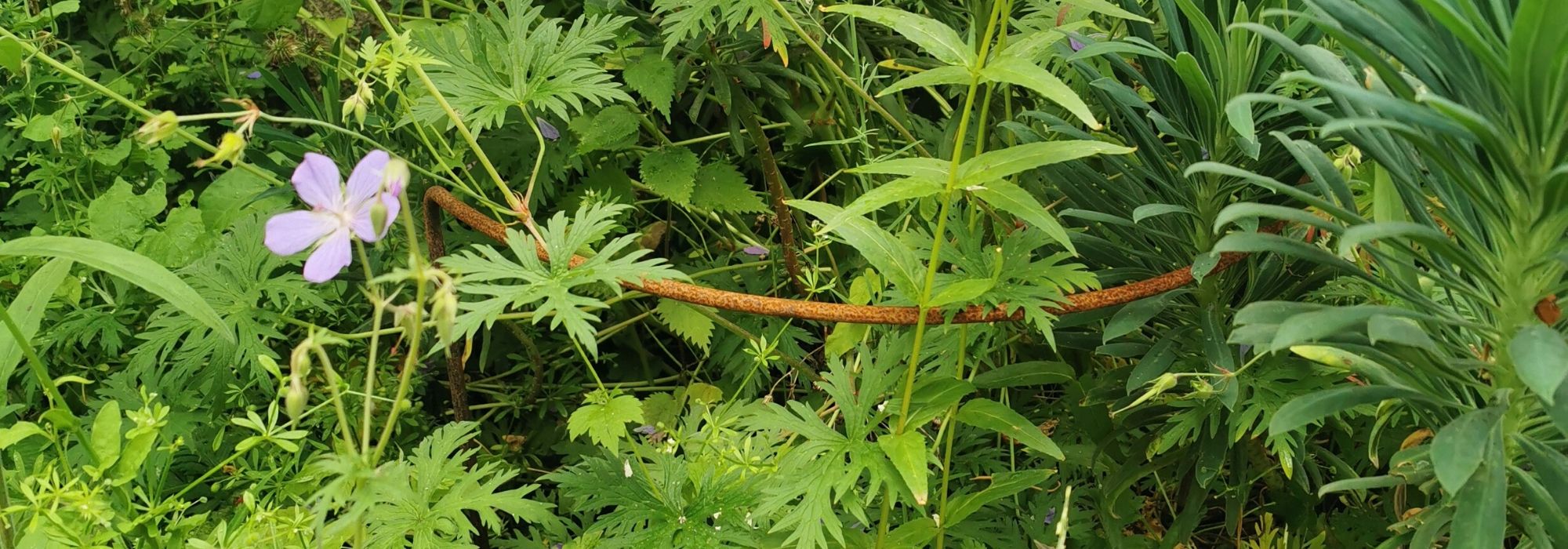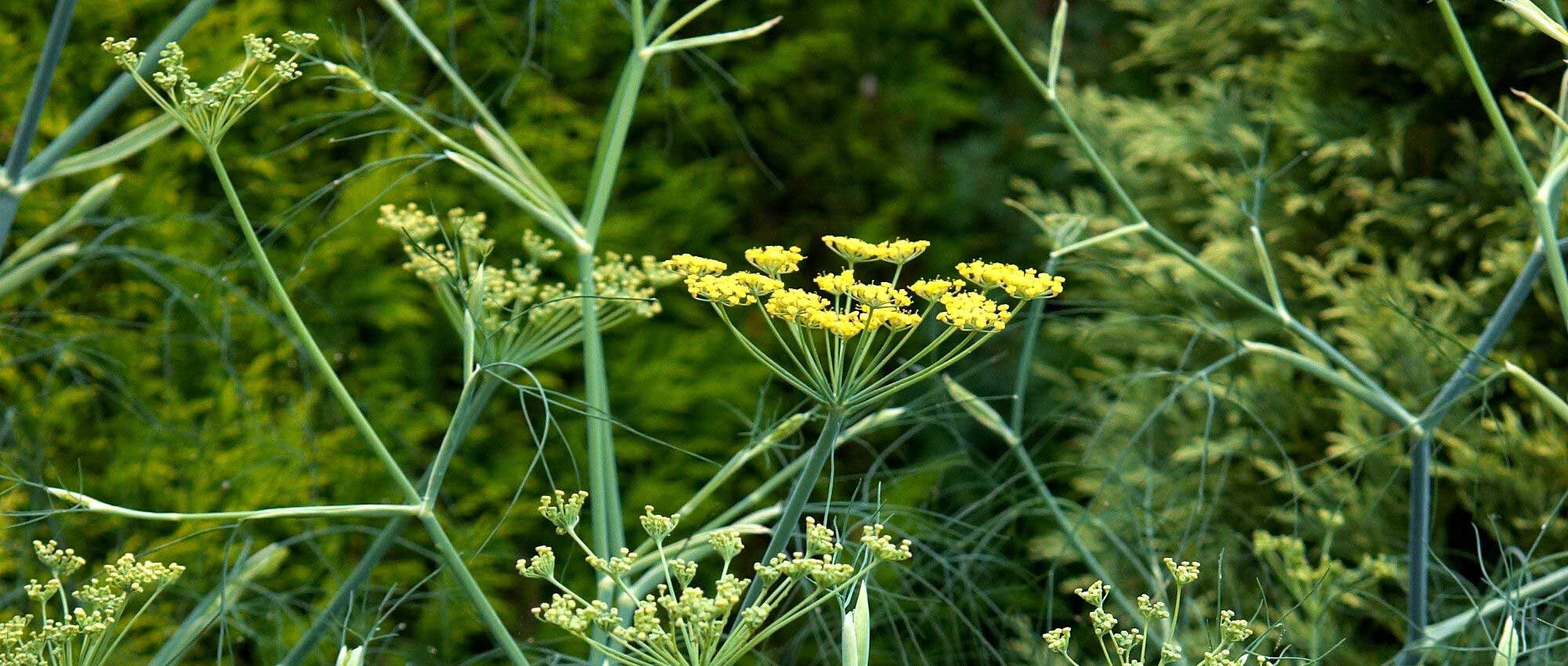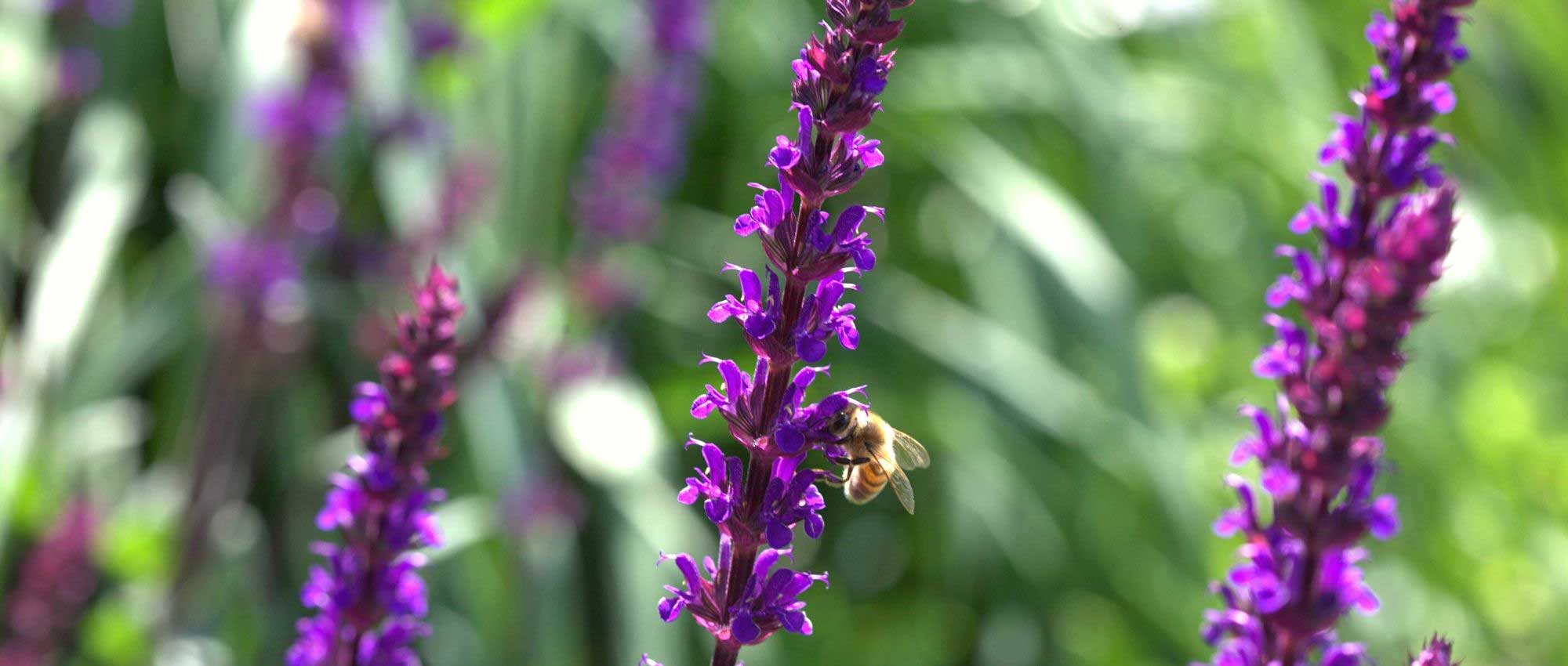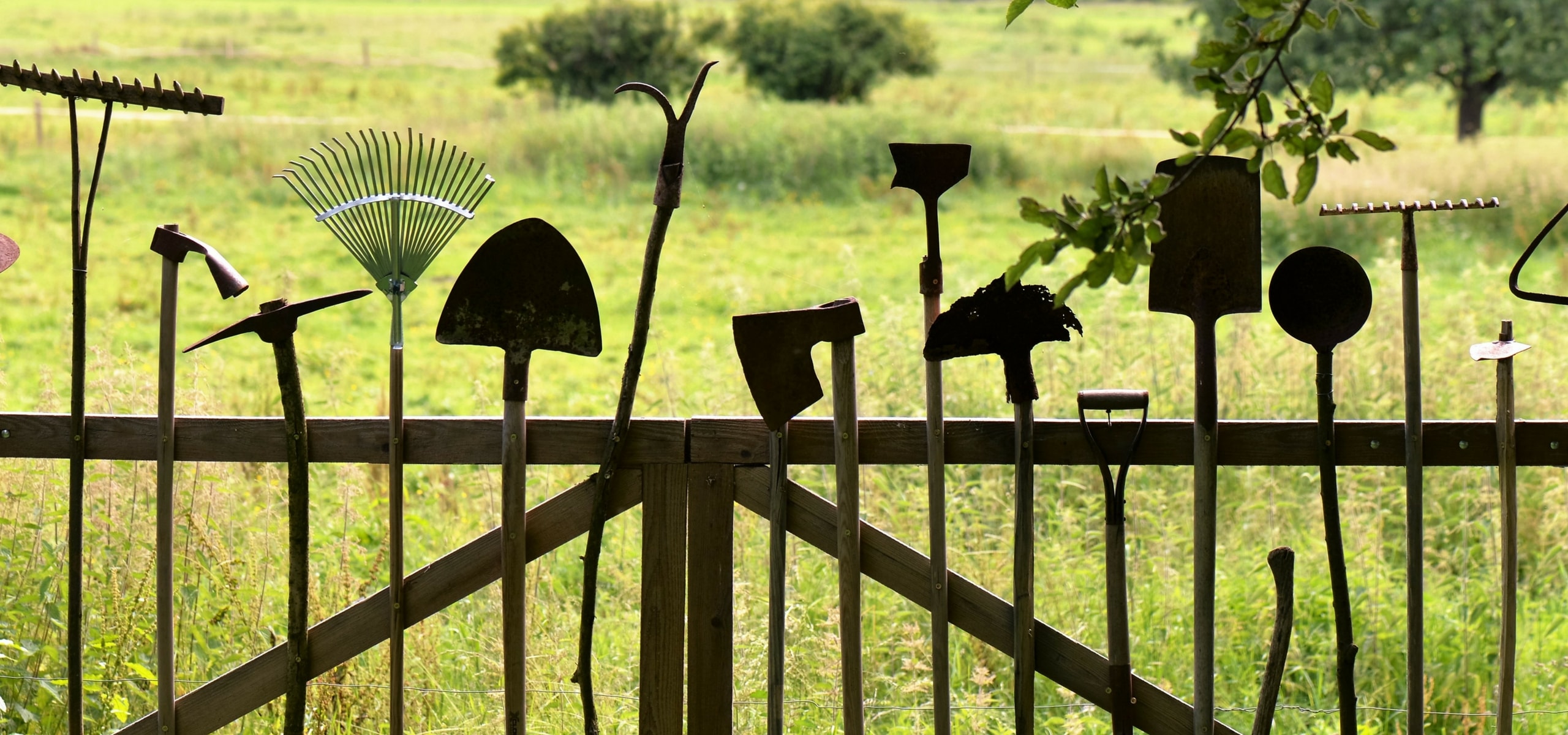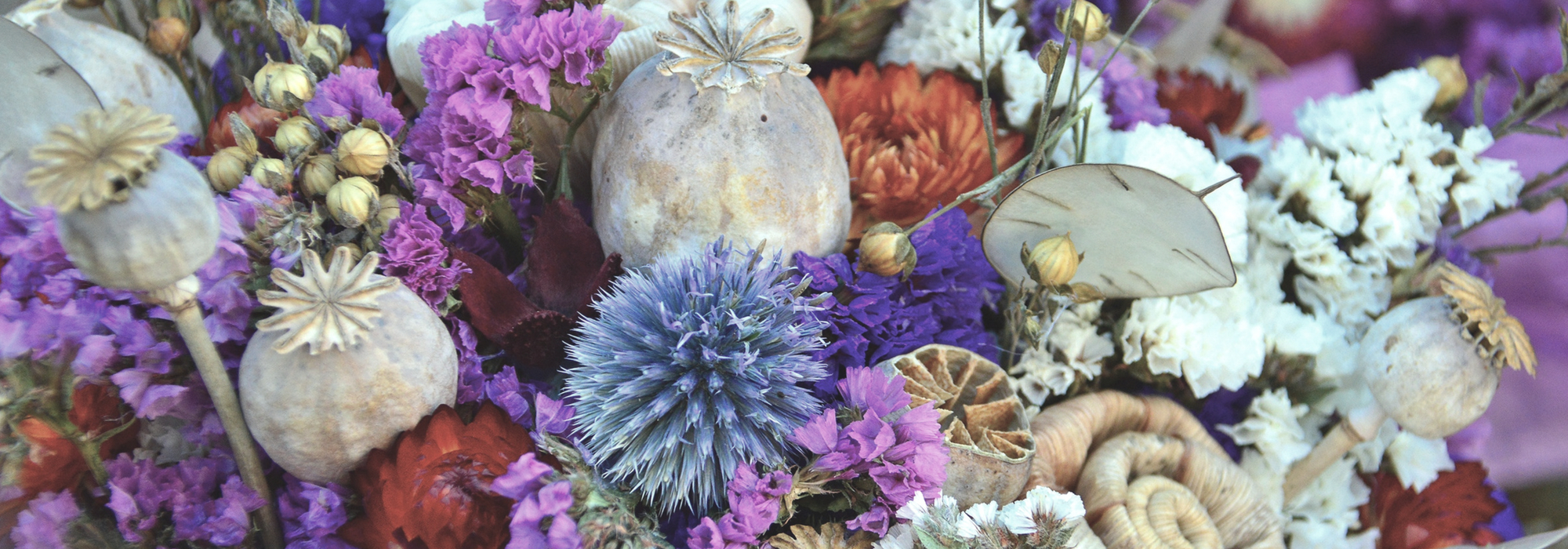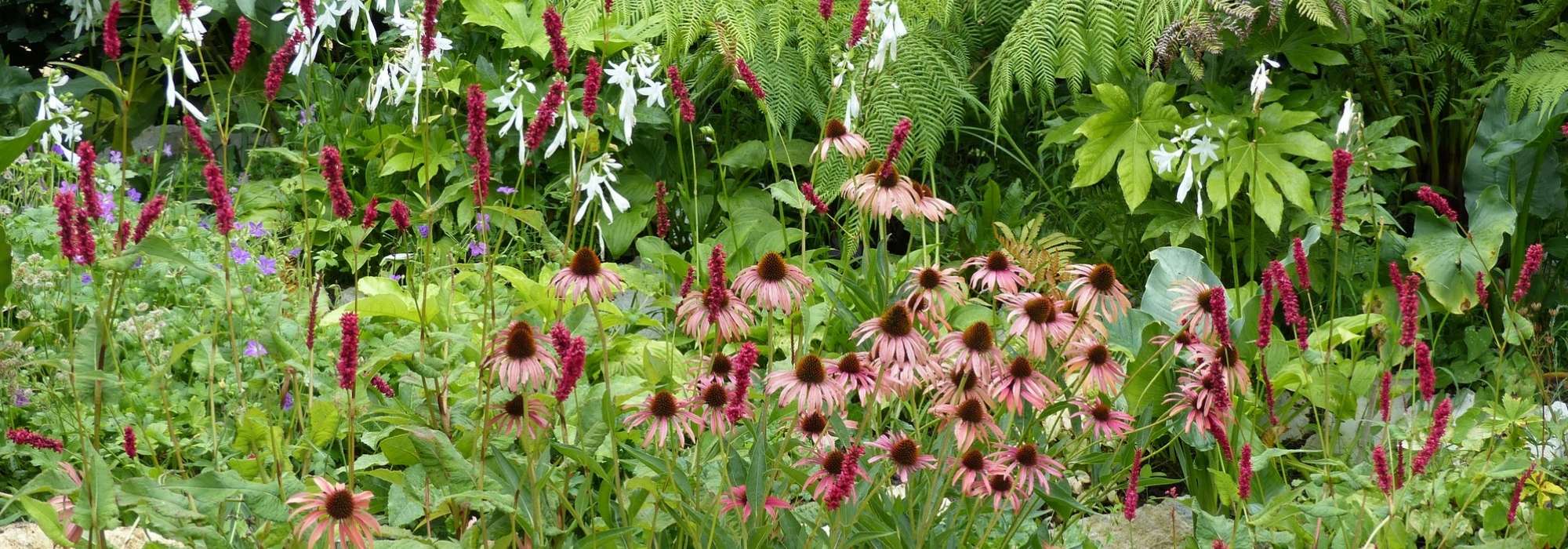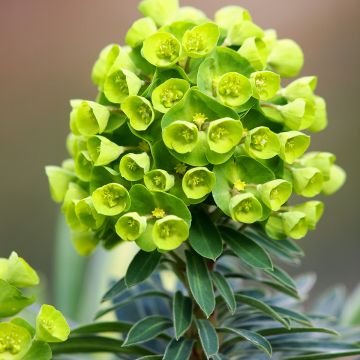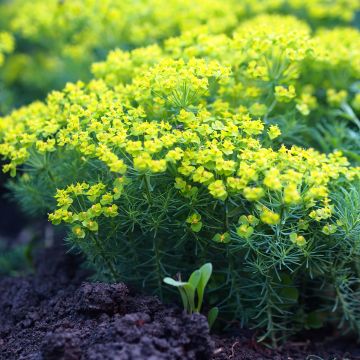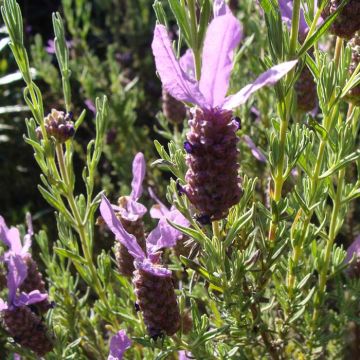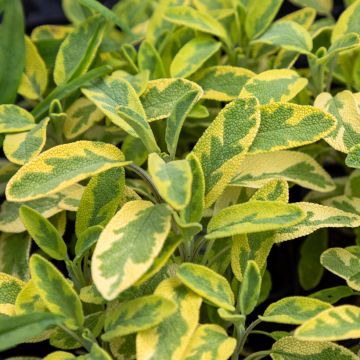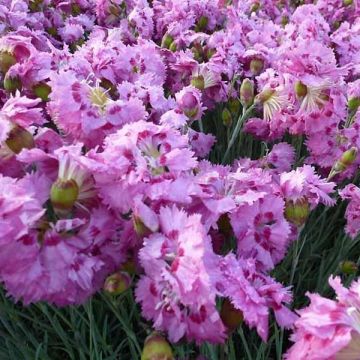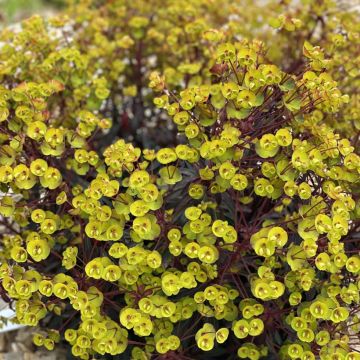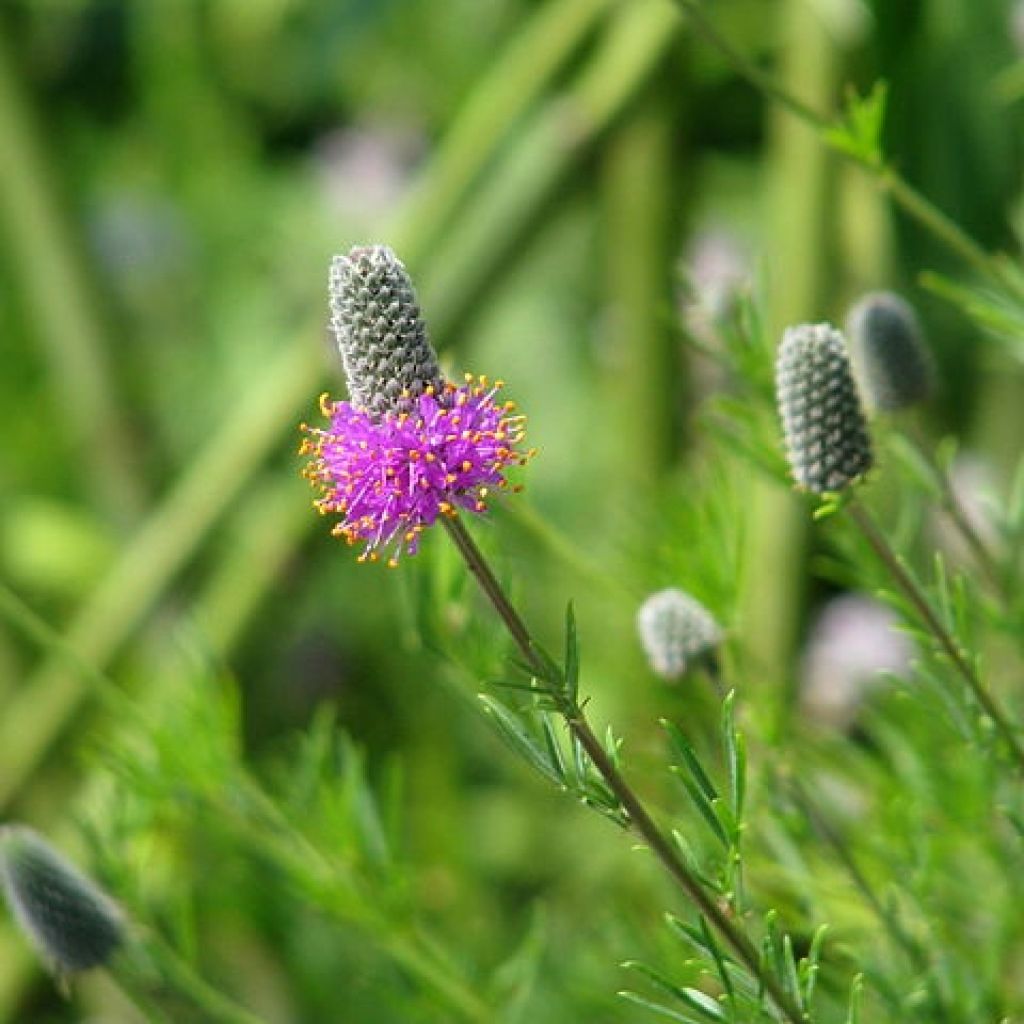

Dalea purpurea - Petalostemon, Trèfle pourpre des prairies
Dalea purpurea
Dalea purpurea
Purple Prairie Clover
Special offer!
Receive a €20 voucher for any order over €90 (excluding delivery costs, credit notes, and plastic-free options)!
1- Add your favorite plants to your cart.
2- Once you have reached €90, confirm your order (you can even choose the delivery date!).
3- As soon as your order is shipped, you will receive an email containing your voucher code, valid for 3 months (90 days).
Your voucher is unique and can only be used once, for any order with a minimum value of €20, excluding delivery costs.
Can be combined with other current offers, non-divisible and non-refundable.
Why not try an alternative variety in stock?
View all →This plant carries a 12 months recovery warranty
More information
We guarantee the quality of our plants for a full growing cycle, and will replace at our expense any plant that fails to recover under normal climatic and planting conditions.
Does this plant fit my garden?
Set up your Plantfit profile →
Description
Dalea purpurea, also known as Petalostemon purpureus or Purple prairie clover in its native land, is a very robust perennial plant that blooms in the summer in the great plains of the United States. Little planted in European gardens, this relative of alfalfa forms a vigorous bushy clump, equipped with remarkable adaptability and a very lovely summer flowering in pink-violet, very rich in nectar, which somewhat evokes the spikes of certain lavenders. It is a very hardy botanical species that enriches the soil and adapts well to both occasionally waterlogged and dry situations in summer. Its main enemy is shade.
Dalea purpurea (synonym Petalostemon purpureus) belongs to the Fabaceae family. In nature, it is found spontaneously in a large part of North America (except the West Coast of the USA), growing in various very sunny environments, from the floodplains of rivers to sandy hills in Nebraska, through the great meadows and forest clearings, among tall grasses, without any problem, perfectly tolerating frost and dry summers. It is a deciduous plant, devoid of foliage in winter.
The plant forms a bushy clump composed of semi-woody and branched stems, with a rather sprawling habit, reaching about 75cm (30in) in height and 60cm (24in) in diameter at minimum. Flowering takes place from June to August, in the form of numerous and peculiar conical spikes covered with tiny nectar-rich flowers. The colour, a bright pink-violet, is enhanced by golden stamens. The flowers generally open from the bottom to the top of the spike. The foliage, which disappears in winter, is composed of small, thick leaves, divided into three to 7 very narrow leaflets, about 3-4cm (1-2in) long. This plant develops from a particular root system, which dives very deeply (up to 2m (7ft)) into the soil to extract and transform nutrients thanks to the presence of symbiotic bacteria lodged in small nodules. Like all Fabaceae, this Dalea contributes to enriching the soil in which it grows.
Dalea are close relatives of Baptisia, sainfoin, and lupins, plants considered as green manure and soil fixers, even degraded ones. Not demanding in terms of soil and moisture, they are, however, completely intolerant to shade. Dalea purpurea will find its place in a romantic garden, a dry garden, in natural and countryside flower beds. It is also useful for decorating a degraded plot of land, which often surrounds a recently built house. It looks superb when combined with landscape roses, blue or white lavenders, Baptisias, or Allium bulgaricum. It also pairs perfectly with Amorpha canescens, Symphyotrichum sericeum (Silky Aster), or tall American grasses like Schizachyrium, Andropogon gerardii, and Panicum virgatum, which are equally spectacular and easy to grow.
Dalea purpurea is a medicinal and utility plant used for greening sterile soils and erosion prevention. Its foliage is good fodder for livestock. It was once used to prepare a tea, and its roots were also consumed, while its branches were used as brooms.
Report an error about the product description
Flowering
Foliage
Plant habit
Botanical data
Dalea
purpurea
Fabaceae
Purple Prairie Clover
North America
Other Perennials A to Z
View all →Planting and care
The cultivation of Dalea purpurea does not present any particular difficulty, as this plant accepts a wide diversity of soils and climates. However, its powerful taproot does not appreciate transplantations much; therefore, its location should be carefully chosen, preferably in full sun, to allow the plant to establish and not disturb it anymore.
In the first year of cultivation, the plant may appear to be vegetative, which is normal as its root system spreads deeply into the soil. Add a small handful of phosphate fertilizer (which is a root stimulant) and mix it with the soil at the time of planting. Add 1/3 sand and 1/3 gravel to heavy soil to ensure proper drainage. Water moderately in the first year. In the second year, the plant will be established, will not require any special care, and will be able to flower profusely for many years!
Planting period
Intended location
Care
Planting & care advice
This item has not been reviewed yet - be the first to leave a review about it.
Similar products
Haven't found what you were looking for?
Hardiness is the lowest winter temperature a plant can endure without suffering serious damage or even dying. However, hardiness is affected by location (a sheltered area, such as a patio), protection (winter cover) and soil type (hardiness is improved by well-drained soil).

Photo Sharing Terms & Conditions
In order to encourage gardeners to interact and share their experiences, Promesse de fleurs offers various media enabling content to be uploaded onto its Site - in particular via the ‘Photo sharing’ module.
The User agrees to refrain from:
- Posting any content that is illegal, prejudicial, insulting, racist, inciteful to hatred, revisionist, contrary to public decency, that infringes on privacy or on the privacy rights of third parties, in particular the publicity rights of persons and goods, intellectual property rights, or the right to privacy.
- Submitting content on behalf of a third party;
- Impersonate the identity of a third party and/or publish any personal information about a third party;
In general, the User undertakes to refrain from any unethical behaviour.
All Content (in particular text, comments, files, images, photos, videos, creative works, etc.), which may be subject to property or intellectual property rights, image or other private rights, shall remain the property of the User, subject to the limited rights granted by the terms of the licence granted by Promesse de fleurs as stated below. Users are at liberty to publish or not to publish such Content on the Site, notably via the ‘Photo Sharing’ facility, and accept that this Content shall be made public and freely accessible, notably on the Internet.
Users further acknowledge, undertake to have ,and guarantee that they hold all necessary rights and permissions to publish such material on the Site, in particular with regard to the legislation in force pertaining to any privacy, property, intellectual property, image, or contractual rights, or rights of any other nature. By publishing such Content on the Site, Users acknowledge accepting full liability as publishers of the Content within the meaning of the law, and grant Promesse de fleurs, free of charge, an inclusive, worldwide licence for the said Content for the entire duration of its publication, including all reproduction, representation, up/downloading, displaying, performing, transmission, and storage rights.
Users also grant permission for their name to be linked to the Content and accept that this link may not always be made available.
By engaging in posting material, Users consent to their Content becoming automatically accessible on the Internet, in particular on other sites and/or blogs and/or web pages of the Promesse de fleurs site, including in particular social pages and the Promesse de fleurs catalogue.
Users may secure the removal of entrusted content free of charge by issuing a simple request via our contact form.
The flowering period indicated on our website applies to countries and regions located in USDA zone 8 (France, the United Kingdom, Ireland, the Netherlands, etc.)
It will vary according to where you live:
- In zones 9 to 10 (Italy, Spain, Greece, etc.), flowering will occur about 2 to 4 weeks earlier.
- In zones 6 to 7 (Germany, Poland, Slovenia, and lower mountainous regions), flowering will be delayed by 2 to 3 weeks.
- In zone 5 (Central Europe, Scandinavia), blooming will be delayed by 3 to 5 weeks.
In temperate climates, pruning of spring-flowering shrubs (forsythia, spireas, etc.) should be done just after flowering.
Pruning of summer-flowering shrubs (Indian Lilac, Perovskia, etc.) can be done in winter or spring.
In cold regions as well as with frost-sensitive plants, avoid pruning too early when severe frosts may still occur.
The planting period indicated on our website applies to countries and regions located in USDA zone 8 (France, United Kingdom, Ireland, Netherlands).
It will vary according to where you live:
- In Mediterranean zones (Marseille, Madrid, Milan, etc.), autumn and winter are the best planting periods.
- In continental zones (Strasbourg, Munich, Vienna, etc.), delay planting by 2 to 3 weeks in spring and bring it forward by 2 to 4 weeks in autumn.
- In mountainous regions (the Alps, Pyrenees, Carpathians, etc.), it is best to plant in late spring (May-June) or late summer (August-September).
The harvesting period indicated on our website applies to countries and regions in USDA zone 8 (France, England, Ireland, the Netherlands).
In colder areas (Scandinavia, Poland, Austria...) fruit and vegetable harvests are likely to be delayed by 3-4 weeks.
In warmer areas (Italy, Spain, Greece, etc.), harvesting will probably take place earlier, depending on weather conditions.
The sowing periods indicated on our website apply to countries and regions within USDA Zone 8 (France, UK, Ireland, Netherlands).
In colder areas (Scandinavia, Poland, Austria...), delay any outdoor sowing by 3-4 weeks, or sow under glass.
In warmer climes (Italy, Spain, Greece, etc.), bring outdoor sowing forward by a few weeks.































